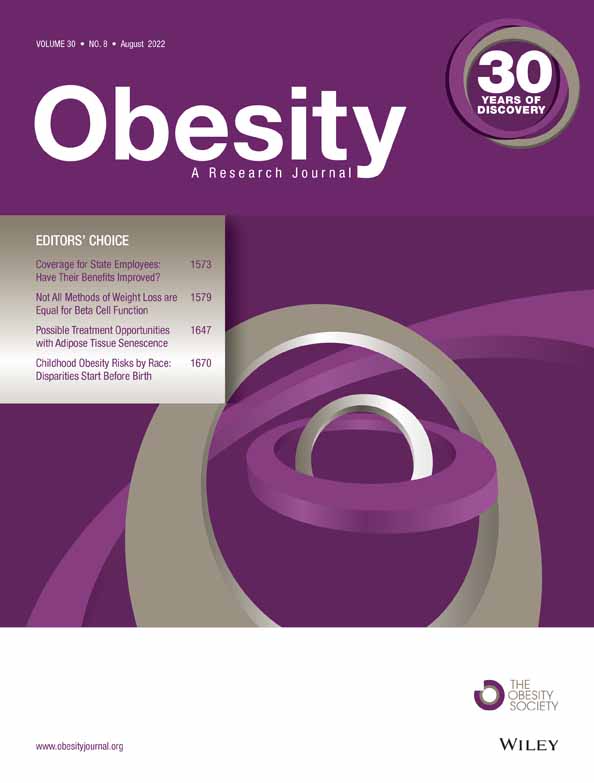Childhood obesity risk factors by race and ethnicity
Funding information: National Institute of Diabetes and Digestive and Kidney Diseases, Grant/Award Number: R01 115937-03S2; National Institute of Food and Agriculture, Grant/Award Number: 2011-67001-30101
Abstract
Objective
Childhood obesity is a public health concern that often worsens with age. Although several risk factors at the child and maternal levels have been identified in cross-sectional studies, less is known about their long-term contribution to racial/ethnic disparities in childhood obesity. This study examines child- and maternal-level factors associated with the growth trajectories of White, Black, and Latino children.
Methods
Group-based trajectory models were used to identify BMI z score trajectories from birth to 9 years of age among White, Black, and Latino children. The associations of child- and maternal-level factors with the trajectory group identified as at risk for obesity were examined using adjusted logistic regression analysis, stratified by race/ethnicity.
Results
Among White children, fast-food consumption (odds ratio [OR] = 1.66; 95% CI: 1.09-2.52) was associated with higher odds of following an at-risk trajectory. Among Black and Latino children, prepregnancy BMI was associated with following an at-risk trajectory (OR = 1.05; 95% CI: 1.03-1.08 for Black children, and OR = 1.12; 95% CI: 1.07-1.17 for Latino children).
Conclusions
These findings showed racial/ethnic differences in the risk factors that influence the likelihood of obesity during childhood. Further research is needed to identify modifiable racial/ethnic specific risk factors to guide obesity-prevention interventions.
CONFLICT OF INTEREST
The authors declared no conflict of interest.





